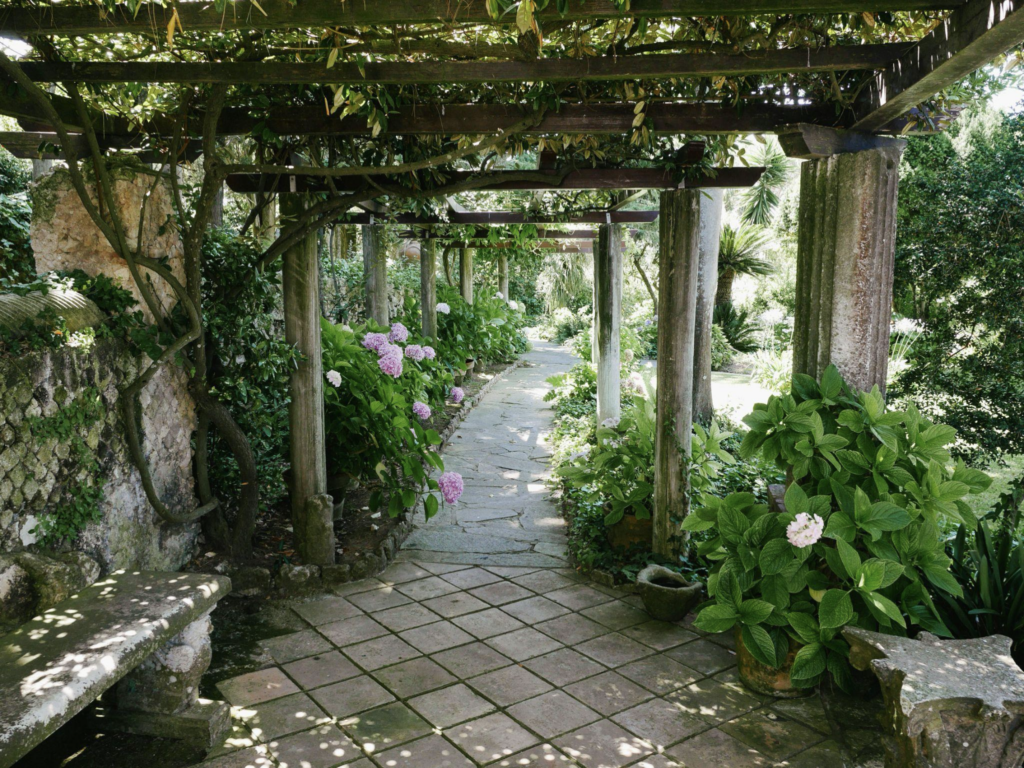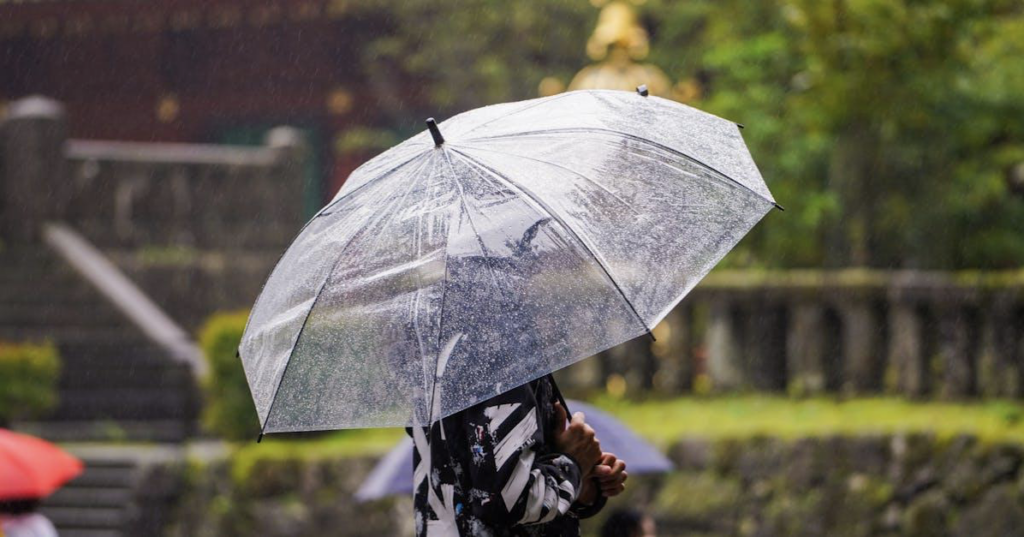A garden isn’t just a patch of greenery—it’s an extension of who we are. Whether we’re drawn to vibrant blooms, minimalist designs, or sustainable practices, our outdoor spaces can mirror our personalities and values. By tailoring a garden to fit our lifestyle, we create a sanctuary that feels uniquely ours.
The beauty of designing a lifestyle-inspired garden lies in its versatility. From urban balconies to sprawling backyards, there’s no one-size-fits-all approach. With a bit of planning and inspiration from resources like the National Gardening Association, we can craft a space that balances aesthetics, functionality, and personal touch. Let’s explore how to turn our outdoor dreams into reality, one thoughtful choice at a time.
Understanding Your Lifestyle Needs
Understanding how your garden fits into your daily life helps in shaping a space that’s both functional and enjoyable, especially if dietitian jobs take too much of your time. Personal priorities, routines, and preferences influence every aspect of garden planning.
Assessing Your Outdoor Space
We start by evaluating the size, layout, and conditions of the outdoor area. Factors like available sunlight, soil quality, and drainage impact plant choices and placement. In smaller areas like balconies, vertical gardening and potted plants maximize the use of space.
Larger spaces offer more flexibility, allowing for features like vegetable beds or relaxing zones. If poor soil quality is a concern, using plant fertilizer improves nutrients and supports plant growth. Clear knowledge of available space ensures efficient design without crowding or underutilizing.
Determining Your Garden Goals
Clarifying goals ensures that the garden design meets specific lifestyle needs. For those seeking a peaceful retreat, adding shade trees, seating areas, or water features creates a relaxing ambiance. Families prioritize play areas or pet-friendly sections, while gardening enthusiasts may focus on flower beds or food gardens.
Incorporating preferences, like a personal interest in nutrition through edible gardens, can align gardening with broader lifestyle objectives. For example, a vegetable garden links well with a healthy diet, providing seasonal produce while reducing reliance on store-bought items. Tailored goals harmonize functionality and the overall garden aesthetic.
Designing Your Ideal Garden
An ideal garden integrates aesthetics and practicality, reflecting its owner’s lifestyle. Thoughtful design choices ensure the space meets both functional and personal priorities.
Choosing the Right Plants
Selecting plants suited to your lifestyle and garden conditions maximizes beauty and ease of care. Consider sun exposure, soil type, and local climate. For edible gardens, opt for plants like herbs, tomatoes, or leafy greens that thrive in your environment and complement dietary goals. Using organic plant fertilizer improves soil health and supports sustainable growth.
Flowering plants such as daisies or marigolds work well for decorative appeal, while succulents suit low-maintenance settings. Match plant selections to seasonal changes for year-round interest.
Incorporating Functional Elements
Functional features enhance the garden’s usability. Seating areas, like benches or outdoor furniture, are ideal for relaxation or social gatherings. Garden paths using stone or wood enable easy navigation and separate zones like play areas or vegetable plots.
Water features, such as fountains or birdbaths, add visual and auditory appeal. If you include a small pond, pond aerators can keep the water clean and healthy while enhancing the soothing effect. Vertical structures like trellises optimize small spaces, supporting climbing plants for beauty and utility. Including storage options for tools maintains garden organization.
Considering Maintenance Requirements
Evaluate long-term care demands when finalizing garden elements. Low-maintenance gardens benefit from drought-resistant plants, mulching, and automated watering systems to save time. For edible gardens, regular use of plant fertilizer ensures healthy yields with minimal effort.
Choose hardscaping materials like pavers or gravel for pathways requiring little upkeep. If planting grass, select slow-growing varieties for reduced mowing frequency. Assess your available time and energy to tailor designs that are manageable and sustainable.
Personalizing Your Garden

Infusing personal elements into a garden ensures it mirrors our lifestyle and preferences. From decorative accents to sustainable features, tailoring the design enhances enjoyment and functionality.
Adding Unique Decorative Touches
Incorporating personal style into decorations makes a garden unique. We can add features like custom-made planters, artistic sculptures, or painted garden signs to reflect our tastes. Choosing specific flowering plants enhances the aesthetic; vibrant marigolds or serene lavender add character while complementing the garden theme.
Lighting, such as solar-powered lanterns or fairy lights, creates ambiance during evenings. For pathways, materials like stepping stones or gravel can bring practicality and visual appeal. Focus on elements that align with our daily routines and purpose, blending decorative items with functionality easily.
Integrating Sustainable Practices
Choosing sustainable components ensures long-term benefits for the environment and our garden. Adding drought-resistant plants like succulents reduces water usage, while systems like rainwater collection aid irrigation. Organic plant fertilizers promote healthy soil without harmful chemicals, resulting in nutritious yields if the garden includes vegetables or herbs.
Mulching minimizes weed growth and helps retain soil moisture, reducing maintenance time. Repurposing materials, such as using old crates as planters, combines eco-consciousness with creativity. These practices contribute to a garden that supports nature while meeting personal and aesthetic needs.
Creating Zones for Relaxation and Entertainment
Designating zones improves garden usability and enhances its integration with our lifestyle. Seating areas with benches or outdoor furniture crafted from weather-resistant materials create relaxing spots. Including fire pits or barbecue setups caters to social gatherings or family meals.
Dedicated spaces for kids, such as small play areas, ensure inclusivity. For added tranquility, sections with water features like fountains can provide a serene retreat. Balancing these zones with greenery and pathways facilitates movement and harmony. Tailoring these zones to meet personal preferences makes the garden more functional and enjoyable.
Tips for Long-Term Garden Success
Creating a garden that thrives over time requires proper planning and adaptability. Long-term success ensures that your outdoor space continues to reflect your lifestyle and provides consistent enjoyment.
Seasonal Care and Upkeep
Regular seasonal care helps gardens flourish year-round. In spring, we can focus on planting new seeds and applying organic plant fertilizer to enrich soil and promote growth. During summer, consistent watering and pruning maintain plant health, especially for flowering and vegetable gardens.
Fall presents an opportunity for composting leaves and preparing the garden for winter by mulching and protecting delicate plants. In colder months, we preserve perennial plants and check structures like pathways for damage caused by frost. By aligning care with seasons, the garden remains healthy and visually appealing.
Adapting to Changing Lifestyle Needs
Ensuring a garden stays relevant involves adjusting features as personal needs evolve. For new families, converting open areas into child-friendly spaces adds safety and functionality. If pursuing health goals, incorporating an edible garden with vegetables and herbs supports weight loss dietitian recommendations.
Transitioning to drought-resistant plants or introducing low-maintenance designs can suit busy schedules. Repurposing zones for relaxation or entertainment ensures the garden aligns with our current priorities and lifestyle preferences. Adapting thoughtfully helps maintain a strong personal connection to the space.



